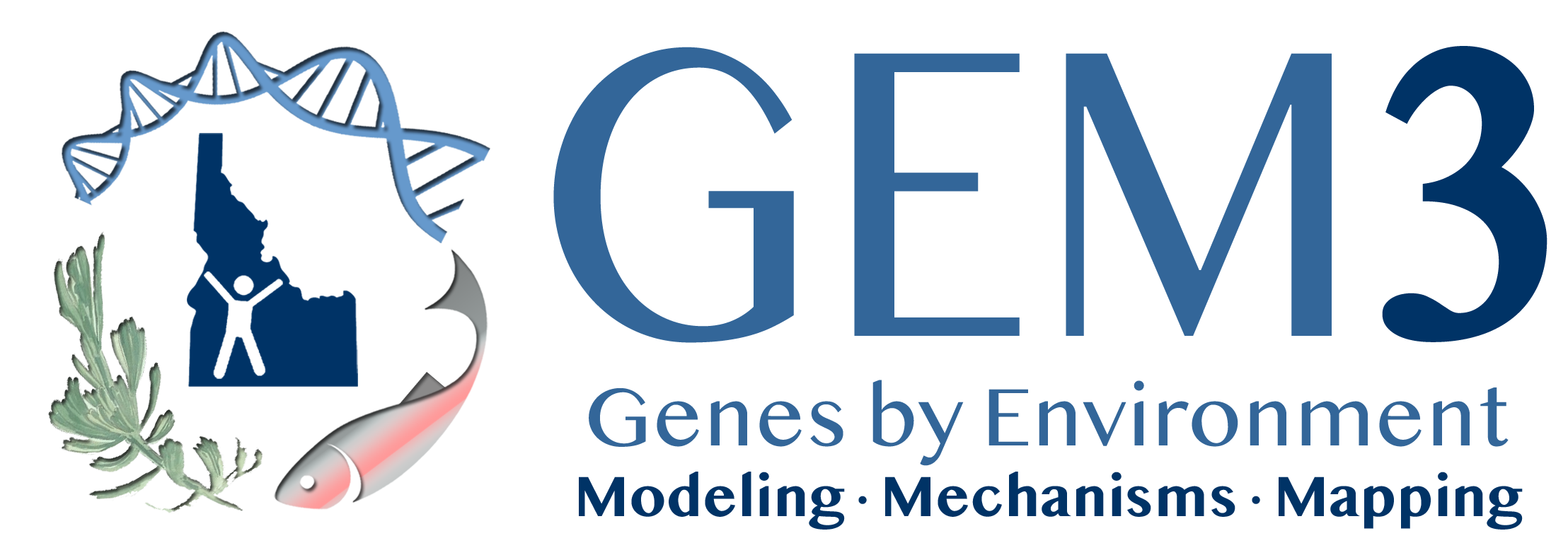Category
Subcategory
Description
This project is part of NASA/EOS project to estimate global terrestrial evapotranspiration from earth land surface by using satellite remote sensing data. MOD16 global evapotranspiration product can be used to calculate regional water and energy balance, soil water status; hence, it provides key information for water resource management. With long-term ET data, the effects of changes in climate, land use, and ecosystems disturbances (e.g. wildfires and insect outbreaks) on regional water resources and land surface energy change can be quantified. The MOD16 global evapotranspiration (ET)/latent heat flux (LE)/potential ET (PET)/potential LE (PLE) datasets are regular 1-km2 land surface ET datasets for the 109.03 Million km2 global vegetated land areas at 8-day, monthly and annual intervals. The dataset covers the time period 2000 - 2010. Future years will be produced and posted periodically, but not in near-real time. The MOD16 ET datasets are estimated using Mu et al.s improved ET algorithm (2011) over previous Mu et al.s paper (2007a). The ET algorithm is based on the Penman-Monteith equation (Monteith, 1965). Surface resistance is an effective resistance to evaporation from land surface and transpiration from the plant canopy. Terrestrial ET includes evaporation from wet and moist soil, from rain water intercepted by the canopy before it reaches the ground, and the transpiration through stomata on plant leaves and stems. Evaporation of water intercepted by the canopy is a very important water flux for ecosystems with a high LAI. Canopy conductance for plant transpiration is calculated by using LAI to scale stomatal conductance up to canopy level. For many plant species during growing seasons, stomatal conductance is controlled by vapor pressure deficit (VPD) (Oren et al., 1999; Mu et al., 2007b; Running Kimball, 2005) and daily minimum air temperature (Tmin). Tmin is used to control dormant and active growing seasons for evergreen biomes. High temperatures are often accompanied by high VPDs, leading to partial or complete closure of stomata. For a given biome type, two threshold values for Tmin and VPD are listed in the Biome-Property-Look-Up-Table (BPLUT) to control stomatal conductance (Mu et al., 2007a; 2009; 2011). MOD16 products includes 8-day, monthly and annual ET, LE, PET, PLE and 8-day, annual quality control (ET_QC). The 8-day MOD16A2 QC field is inherited from MOD15A2 in the same period. However, the cloud-contaminated FPAR/LAI has been temporally filled with those having good QC. For annual QC of MOD16A3 products, we used the method proposed by Zhao et al. (2005) to define a more meaningful annual ET QC as QC=100.0 X NUg/Totalg where NUg is the number of days during growing season with unreliable or missing MODIS LAI inputs, and Totalg is total number of days in the growing season. The growing season is defined as all days with Tmin above the value where stomata close as in the BPLUT. The MOD16 ET algorithm has a good performance in generating global ET data products, providing critical information on global terrestrial water and energy cycles and environmental changes (Mu et al., 2007a, 2009, 2011). Note: For some pixels in African rainforest, the MODIS albedo data from MCD43B2/MCD43B3 have no cloud free data throughout an entire year. As a result, corresponding fill values of ET/LE/PET/PLE are assigned for these pixels in that year.
GSR_id
GSR_023 MODIS Global Evapotransporation
Resource Name
MODIS Global Evapotransporation
